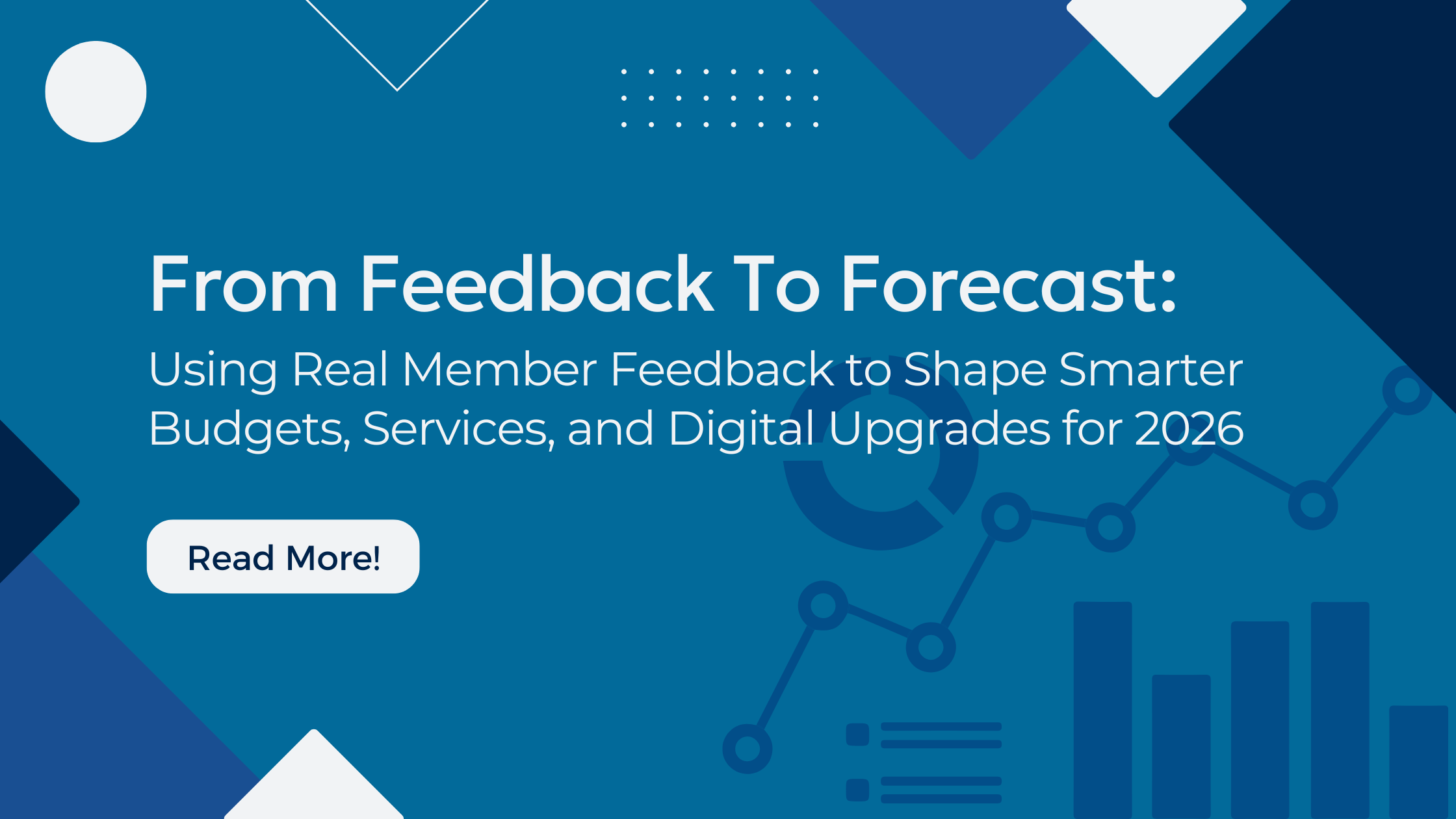Credit union surveys have the power to transform many aspects of a credit union. And one of the most important aspects of any organization is the people who run it.
In fact, it’s possible to use surveys to improve employee performance. Yet, there are some definite dos and don’ts when doing so.
Read on to learn more about how to turn surveys and survey data into a major plus at your credit union.
Service and Department Performance
One of the most popular uses of LiveSurvey is sending transaction surveys. Transaction surveys are triggered after specific qualifying events, such as loan applications and branch visits. Essentially, they ask the member for feedback on a specific transaction.
Transaction surveys are a fantastic opportunity to measure employee performance. For any in-person transaction—or transaction where a human was involved—connect the member feedback to the service or department involved.
Over time, you’ll find trends, strengths, and potentially weaknesses. Especially if you solicit comments in your surveys, you may get feedback about the impact of the human element in a given transaction. This feedback can be used to reinforce or amend practices or behaviors.
When getting feedback about employee performance, DO: pay attention to comments, correlate performance where appropriate, and find positive areas for reinforcement.
When creating surveys to improve employee performance, DON’T: include the names of employees in the survey (it creates bias), jump to conclusions, focus on perceived negatives (for example, different satisfaction scores for different products may be cause by a lot more than just the employees involved).
Using Surveys to Inform and Train Employees
Survey responses are data, and data is no good if you don’t use it. Credit union employees should be informed about survey results. Just remember that some feedback is appropriate to share with an entire department or organization, but other feedback is better shared only with specific individuals.
The goal of sharing survey responses is to help staff see where they can improve service skills, product knowledge, and sales techniques. You may develop training programs to address areas of weakness.
You may also find that some employees are crushing it. You can use this information to celebrate people, build positive culture, and even fuel marketing content.
When using survey results to improve employee performance, DO: look for ways to empower staff, celebrate and reinforce good performance, and identify training opportunities.
When sharing survey results with employees, DON’T: withhold or be vague with information, single out poor performers in front of others, put all the responsibility on the employee to improve performance without guidance.
Additional Resources
We’ve developed a handful of strategic resources to help credit unions use member feedback to improve their credit union’s performance.
Download our 12-Month Survey Roadmap if you’re just getting started with surveys.
Already on your way? Then we recommend our ebook on 10 Strategic Survey Ideas.




